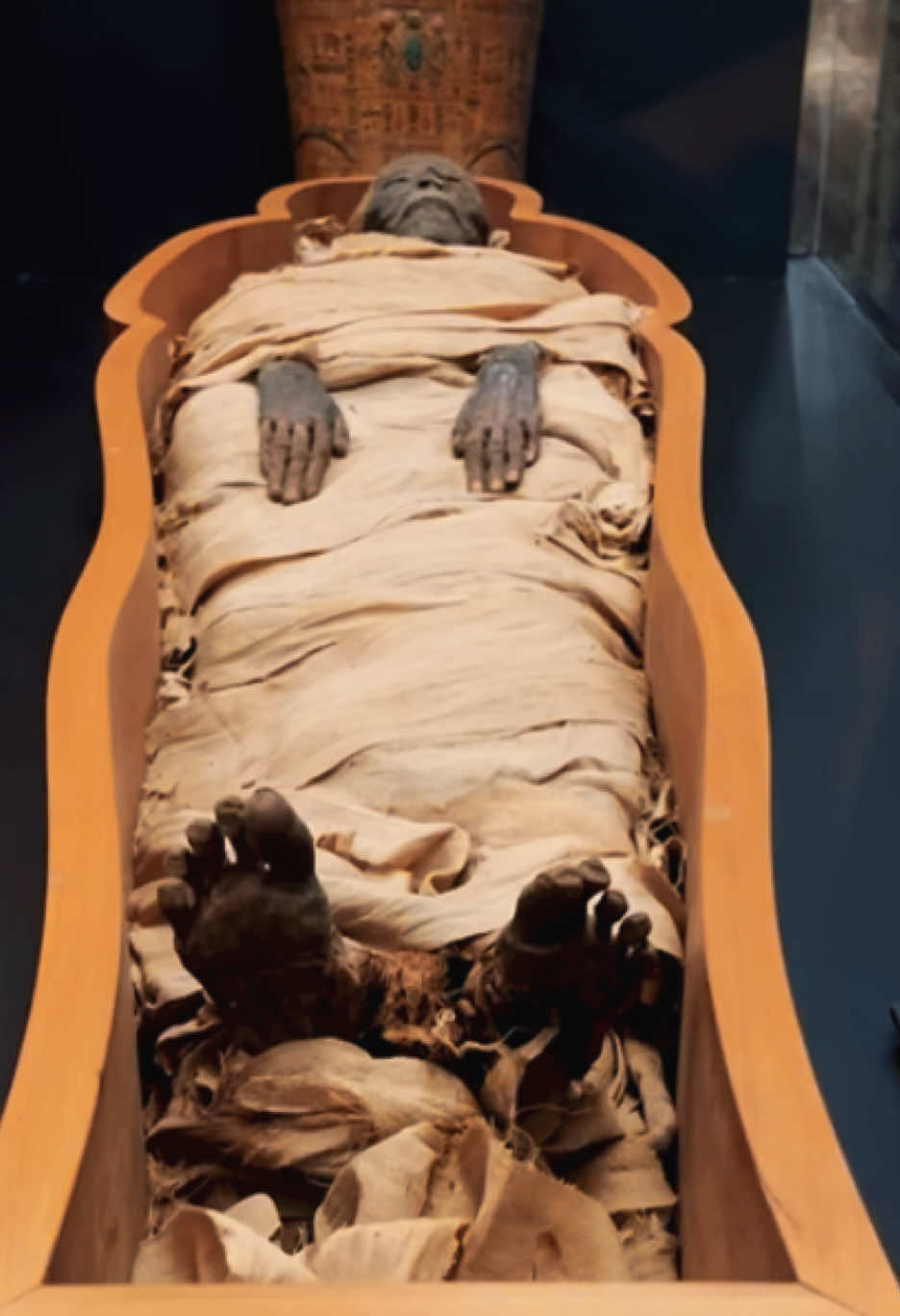funnetop
Region: UA
Sunday 04 September 2022 08:36:32 GMT
26484
2485
9
42
Music
Download
Comments
kubix :
2🥰
2022-09-04 08:41:51
1
Entesar :
P
2022-09-04 22:28:08
1
tristanrye648 :
@rickyandkatiestab1
2022-09-04 22:36:31
1
Cinthiaisabel28 :
@
2022-09-05 21:06:17
1
Post Mausii :
@officiale._natalie der Hund im Auto 🤣🤣🤣 fast am ende
2022-09-16 19:42:34
1
eusounordestino_ofc :
queriam achar acharam um português 👍🏻👀
2022-09-17 03:26:16
1
selina🎀 :
Die Besitzer von dem Hund hinter dem Zaun: VaLlAh mEiN HuNd bEiSst nIcHt
2022-09-21 15:11:17
1
To see more videos from user @funnetop, please go to the Tikwm
homepage.





